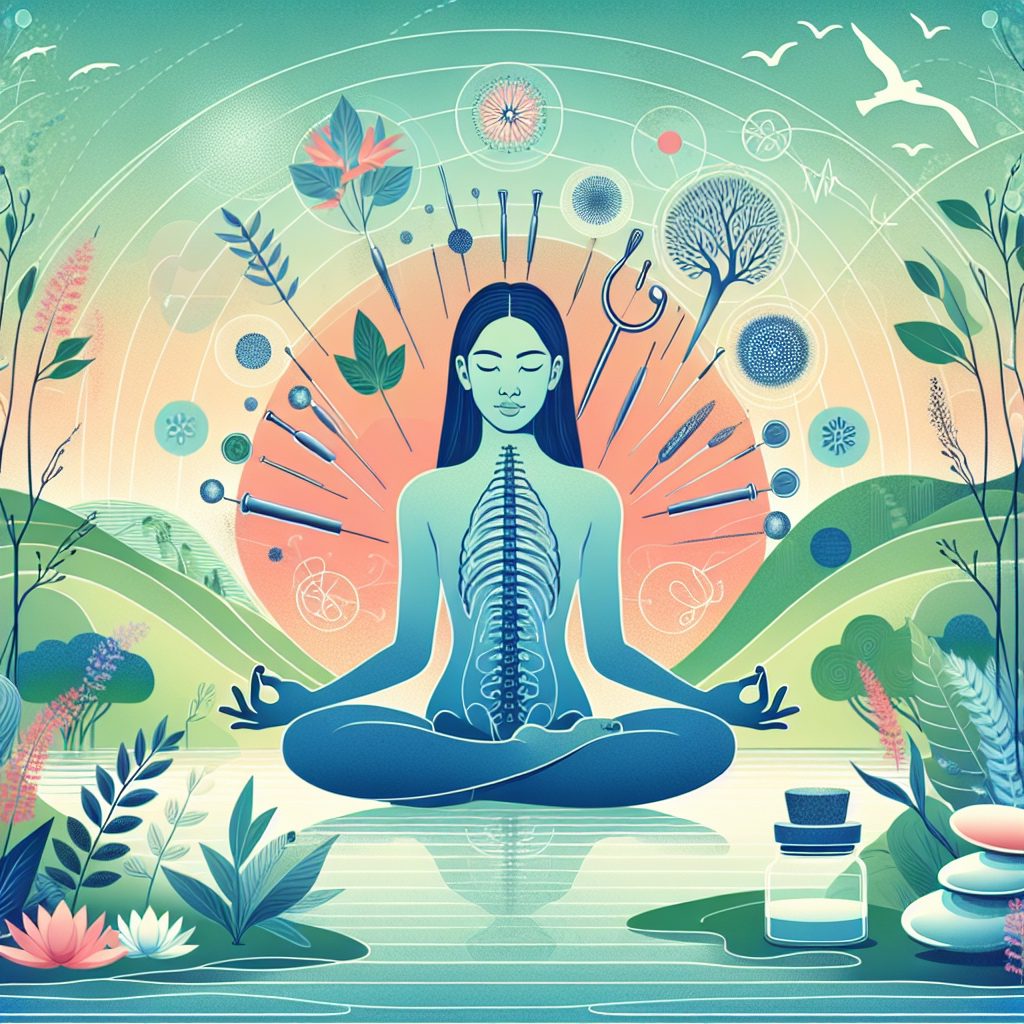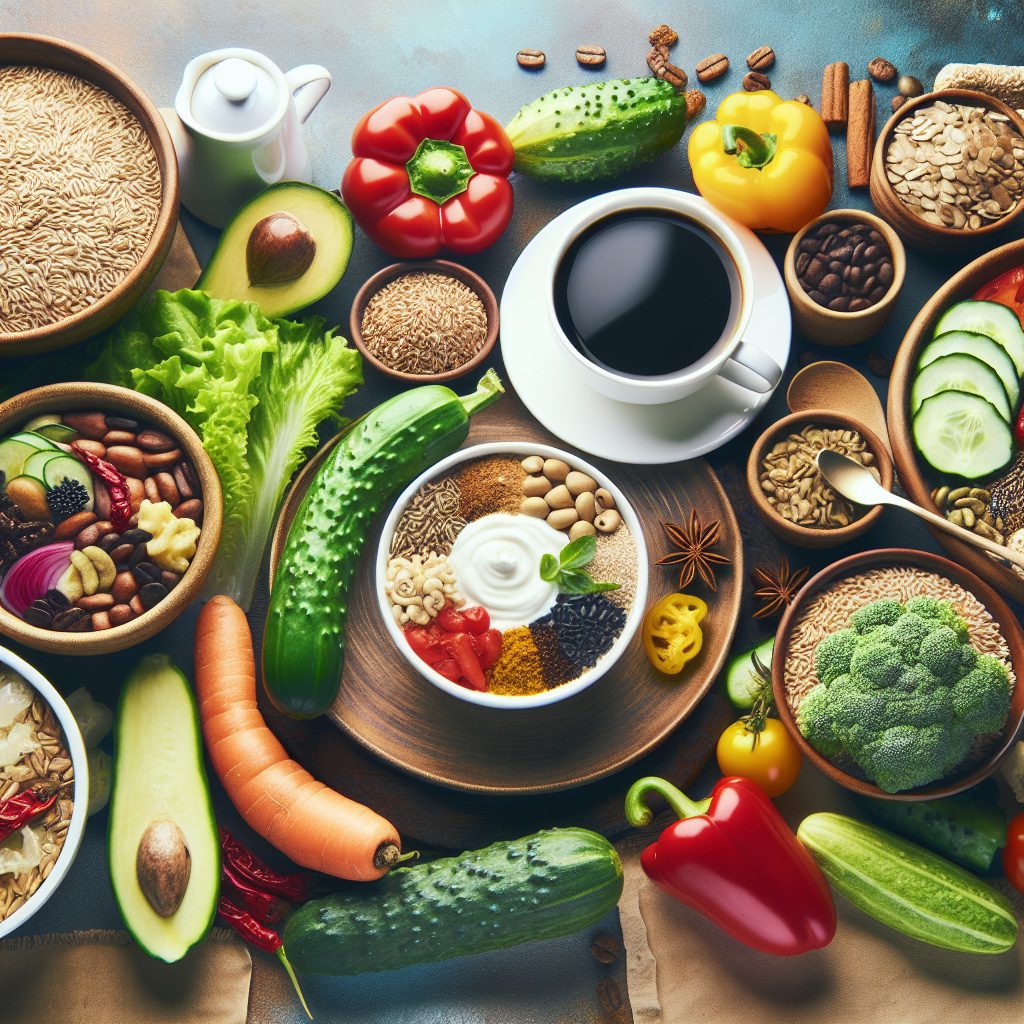Discovering the Distinction
Have you ever stood in the tea aisle, gazing at boxes labeled “herbal tea,” and wondered why chamomile doesn’t taste anything like Earl Grey? You’re not alone in this confusion – and there’s a secret botanical truth hiding in plain sight. That relaxing bedtime blend you love might not actually be tea at all!
Welcome to the fascinating world of tea’s secret language, where not all that steeps is truly tea. True teas – black, green, white, oolong, and pu-erh – all come from a single plant species: Camellia sinensis. Everything else? Those are properly called tisanes or herbal infusions, despite what the packaging might say.
Tea Traditions and Mislabeling
This distinction isn’t just botanical nitpicking. In many cultures, especially those with ancient tea traditions, this difference matters deeply. Chinese tea ceremonies, Japanese tea rooms, and British afternoon teas all celebrate the authentic leaves of Camellia sinensis, each preparation method unlocking different characteristics from the same remarkable plant.
The mislabeling of herbal infusions as “tea” began as these plant-based beverages gained popularity in Western markets.
The Medicinal Magic of True Tea
While peppermint, rooibos, and hibiscus create wonderful drinks with their own merits, they lack the specific compounds that have made true tea one of the most consumed beverages in human history.
Understanding this difference opens a door to appreciating both categories on their own terms. It’s like learning that although dolphins and sharks both swim in the ocean, they belong to entirely different biological families – with different characteristics and benefits. This knowledge doesn’t diminish either but enhances our appreciation of both. So next time you reach for that cup, you’ll know whether you’re enjoying the ancient tradition of Camellia sinensis or exploring the diverse world of herbal infusions.
The Medicinal Magic of True Tea
Exploring Tea Plant Medicinal Properties
When we talk about Camellia sinensis, we’re discussing more than just a pleasant beverage—we’re exploring a medicinal powerhouse recognized for thousands of years in Traditional Chinese Medicine (TCM). This remarkable plant contains a unique constellation of compounds not found in herbal infusions, and these differences have real implications for your health.
True tea from the Camellia sinensis plant is packed with bioactive compounds that work synergistically in your body. The catechins, L-theanine, and carefully balanced caffeine content create a health profile that herbal infusions simply cannot match. These aren’t just empty claims—scientific research continues to validate what TCM practitioners have known for centuries about the tea plant’s medicinal properties.
“In Traditional Chinese Medicine, different types of true tea are prescribed based on specific body constitutions and health needs,” explains a tea master I spoke with while developing HerbalsZen’s philosophy of mindful consumption. “Green tea cools excess heat in the body, while fermented teas like pu-erh can aid digestion after heavy meals.”
The antioxidant properties of true tea deserve special attention. The polyphenols in Camellia sinensis are powerful warriors against oxidative stress, helping to neutralize harmful free radicals produced during metabolism. This is one reason why regular tea drinkers often show improved markers for longevity and reduced inflammation—benefits that many herbal teas cannot provide in the same way.
Let’s look at how different types of Chinese true tea compare in TCM applications:
- Green tea: Cools the body, clears heat and toxins, perfect for summer months or “hot” constitutions
- White tea: Gentle yet effective for clearing heat while supporting the body’s natural defenses
- Oolong tea: Balances digestive function and helps break down fatty foods
- Black tea: Warms the body, making it ideal for cooler months or “cold” constitutions
- Pu-erh tea: Specifically helps with digestion and has been traditionally used to lower cholesterol
For comparison, while chamomile may help with sleep and peppermint might aid digestion, they lack the comprehensive wellness profile that comes from the Camellia sinensis plant.
Embracing Personal Wellness Journeys
This isn’t to say herbal infusions aren’t valuable—they absolutely are—but their benefits typically target specific concerns rather than providing the broad-spectrum support of true tea.
The relationship between true tea and digestion is particularly noteworthy. In TCM, pu-erh tea is often consumed after meals, especially fatty ones, to aid digestion and support the body’s natural detoxification processes. The gentle stimulation provided by true tea helps move food through the digestive tract while the antioxidants support liver function—the body’s primary detoxification organ.
Many people find that switching from coffee to a high-quality true tea provides sustained energy without the crash, supporting mental clarity while simultaneously offering these remarkable health benefits. At HerbalsZen, we’ve observed that people who learn to listen to their body’s voice often discover which type of true tea resonates best with their constitution—whether it’s the brightness of green tea or the earthy depth of pu-erh.
When selecting teas for wellness purposes, the source of your Camellia sinensis matters tremendously. Tea plants grown in pristine environments, harvested at the right time, and processed with care retain more of the medicinal compounds that make true tea such a powerful ally for health. This is why understanding the difference between true tea and herbal infusions is more than semantic—it’s essential for making informed choices about your wellness journey.
Traditional Uses of Camellia Sinensis in Self-Care
Finding your own path to wellness isn’t about following strict rules—it’s about discovering what works uniquely for you. Whether you’re sipping a cup of authentic green tea from the Camellia sinensis plant or enjoying a soothing herbal blend, the most important thing is to develop a relationship with these beverages and notice how they affect your body and mind.
I encourage you to approach your tea journey with curiosity and mindfulness. Take a moment before each cup to set an intention. As you drink, pay attention to how your body responds. Does that oolong tea energize you without the jitters of coffee? Perhaps you notice that chamomile truly does help you unwind before bed, even though it’s not technically tea at all.
This practice of listening to your body’s voice is at the heart of holistic wellness. At HerbalsZen, we believe that true health comes from this ongoing conversation between what we consume and how we feel. Some days, your body might crave the antioxidant-rich properties of white tea to combat environmental stressors. Other days, you might need the warming qualities of black tea to restore balance during cooler months.
“When we learn to listen carefully to our body’s subtle signals,” as I often share with the HerbalsZen community, “we become our own best health advocates.”
Consider keeping a simple tea journal to track your experiences with different traditional teas and herbal infusions. Note not just the flavors, but how each makes you feel—both immediately and hours later. This practice creates a personalized map of what supports your individual constitution best.
Remember that balance looks different for everyone. Some may thrive with the gentle caffeine boost of true teas from Camellia sinensis as part of their daily routine. Others might find that alternating between true teas and herbal infusions throughout the day helps maintain their energy and focus.
I invite you to share your tea experiences with others too. There’s something beautiful about exchanging knowledge about traditional uses of Camellia sinensis or discovering someone else’s favorite herbal blend for stress relief. These conversations create community around wellness and often lead to unexpected insights about our own health patterns.
As you continue exploring both true teas and herbal infusions, approach each cup as an opportunity for self-care and greater self-understanding. The ancient wisdom embedded in Chinese tea traditions offers us more than just pleasant flavors—it provides a framework for living in harmony with our bodies and with nature itself.
Whether you’re drawn to the complexity and depth of traditional Chinese teas or the targeted benefits of specific herbal preparations, honor that preference as your body’s wisdom guiding you toward what it needs. The relationship between you and your chosen beverage is as personal as it is profound—a daily ritual that can support mind-body balance in our often hectic lives.
So brew that cup mindfully, breathe in the aroma deeply, and sip with attention. In this simple act, you’re not just enjoying a beverage—you’re participating in an age-old practice of nurturing yourself through nature’s gifts. And that might be the most important health benefit of all.




